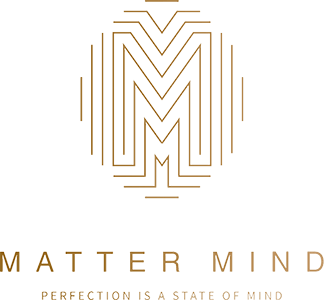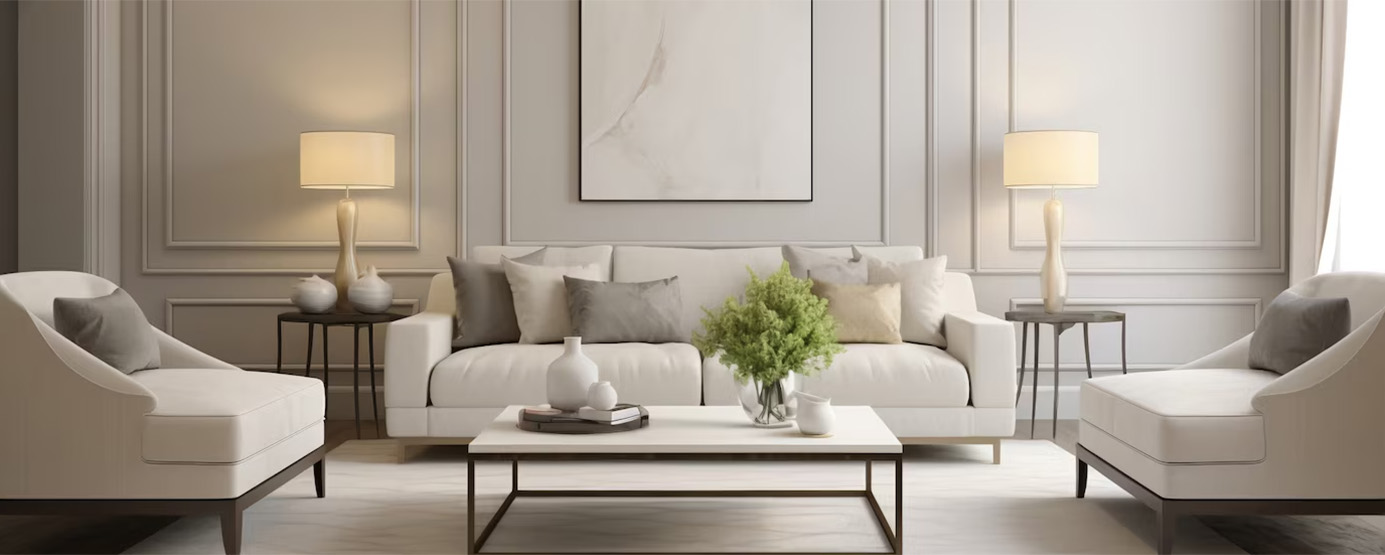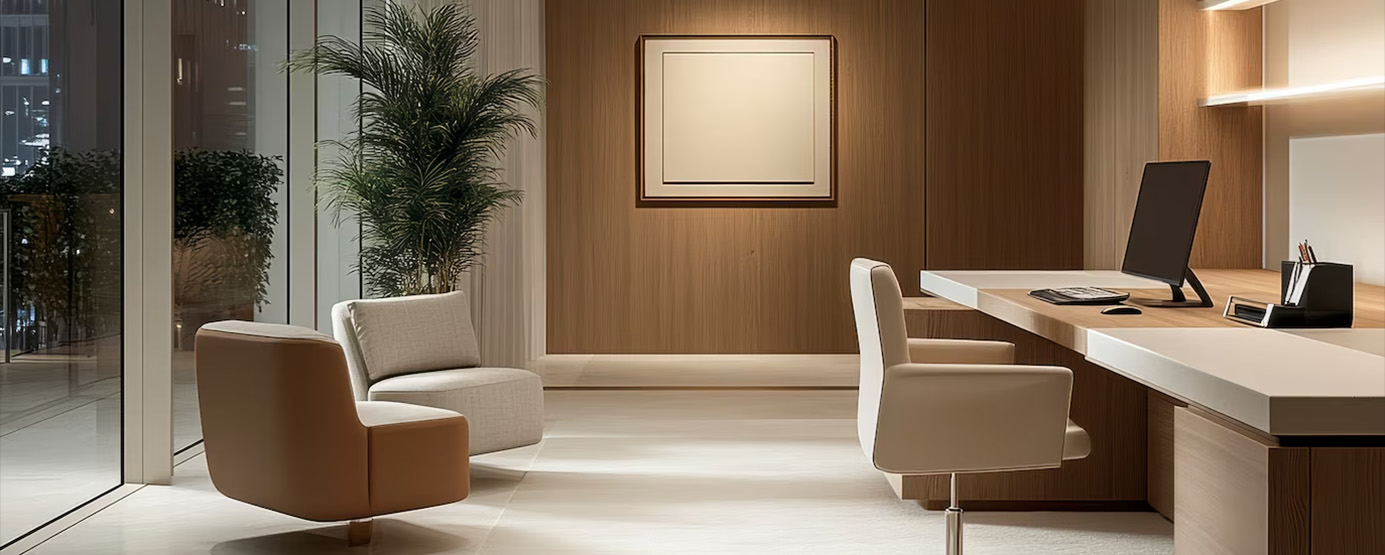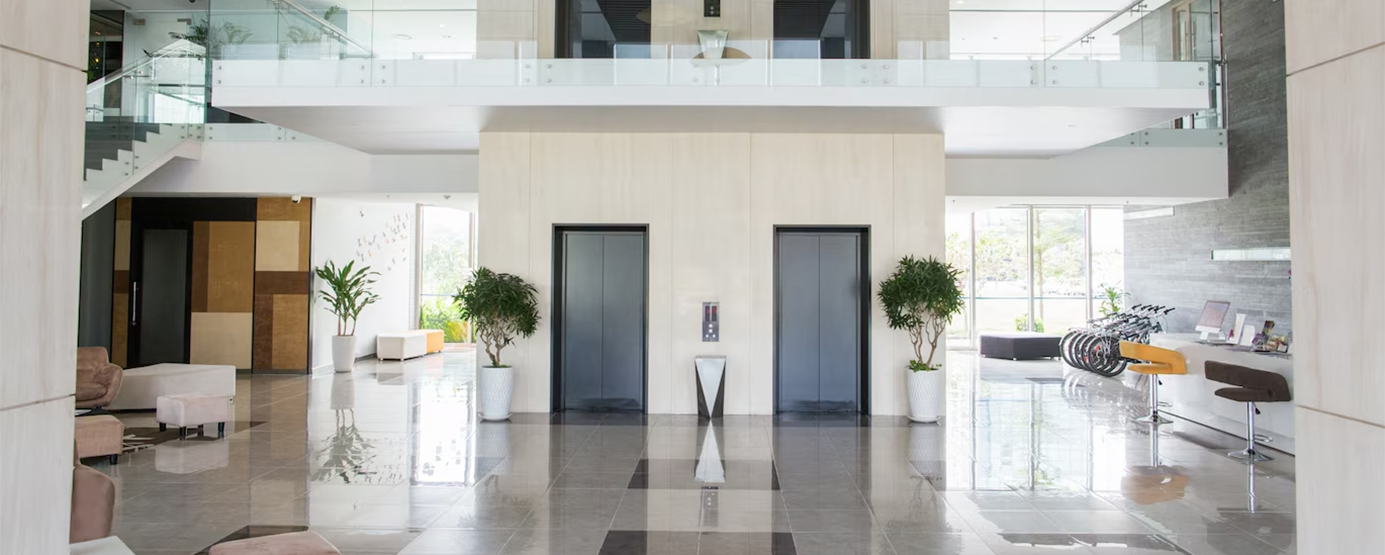Future-Proofing Your Restaurant with Adaptive Fitout Design

In the ever-evolving landscape of the restaurant industry, staying ahead of the curve is essential for long-term success. One way to future-proof your establishment is through adaptive fitout design—a strategic approach that anticipates and accommodates changes in consumer preferences, technology, and industry trends. Let’s explore how incorporating adaptive design principles into your restaurant fit out can help you thrive in the years to come.
1. Flexibility for Changing Needs:
Adaptive fitout design emphasizes flexibility, allowing your restaurant space to adapt to evolving needs and trends. Whether it’s accommodating different dining experiences, adjusting seating layouts for social distancing requirements, or integrating new technologies, a flexible design ensures that your restaurant can easily pivot in response to changing circumstances.
2. Integration of Technology:
Technology plays an increasingly important role in the dining experience, from online reservations and mobile ordering to digital menu displays and contactless payment systems. By incorporating technology-friendly features into your fitout design, such as built-in charging stations, Wi-Fi connectivity, and seamless integration with digital platforms, you can enhance efficiency and convenience for both customers and staff.
3. Sustainable Practices:
Sustainability is no longer just a trend—it’s a necessity for businesses looking to minimize their environmental impact and appeal to eco-conscious consumers. Adaptive fitout design prioritizes sustainable materials, energy-efficient lighting, and water-saving fixtures, reducing operational costs while demonstrating your commitment to environmental responsibility.
4. Modular and Mobile Elements:
Embracing modular and mobile elements in your fitout design allows for easy reconfiguration and customization as your restaurant’s needs evolve. From movable partitions and collapsible furniture to modular kitchen equipment and pop-up dining spaces, these adaptable elements enable you to optimize space usage and experiment with new concepts without major renovations.
5. Emphasis on Brand Storytelling:
A successful restaurant fitout goes beyond aesthetics—it tells a compelling story that resonates with customers and fosters brand loyalty. Adaptive design allows you to evolve and refine your brand narrative over time, incorporating elements of storytelling into every aspect of the dining experience, from decor and ambiance to menu offerings and service style.
By collaborating with the best restaurant fit-outs in Dubai, you can leverage their expertise and experience to create a tailored fitout solution that not only meets your current needs but also positions your restaurant for long-term success in a rapidly changing industry. Their insights into local market trends and regulations can help you navigate the complexities of restaurant fitout design, ensuring that your establishment stands out as a destination of choice for diners seeking memorable culinary experiences.
Recent Posts
-
How Interior Fit-Out Services Elevate Commercial Spaces in Abu Dhabi
October 05, 2024
-
How to Optimize Small Spaces with Creative Interior Design Ideas
September 26, 2024
-
Key Trends in Interior Design for Abu Dhabi Homes and Offices in 2024
September 09, 2024
